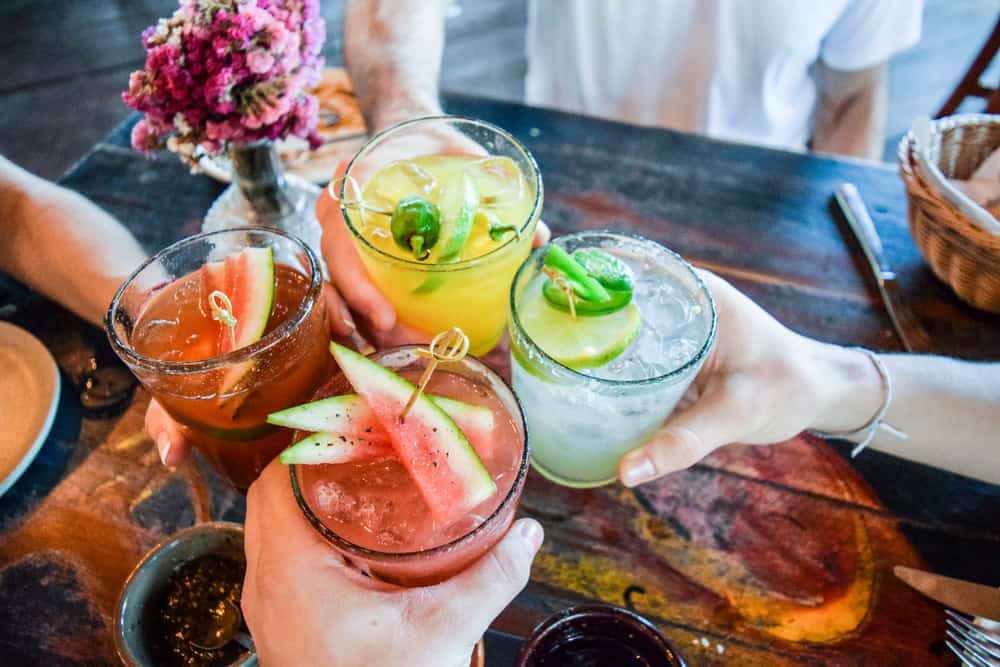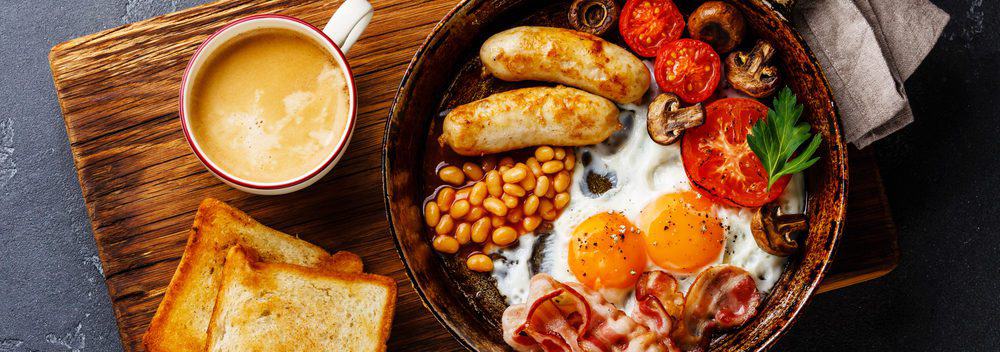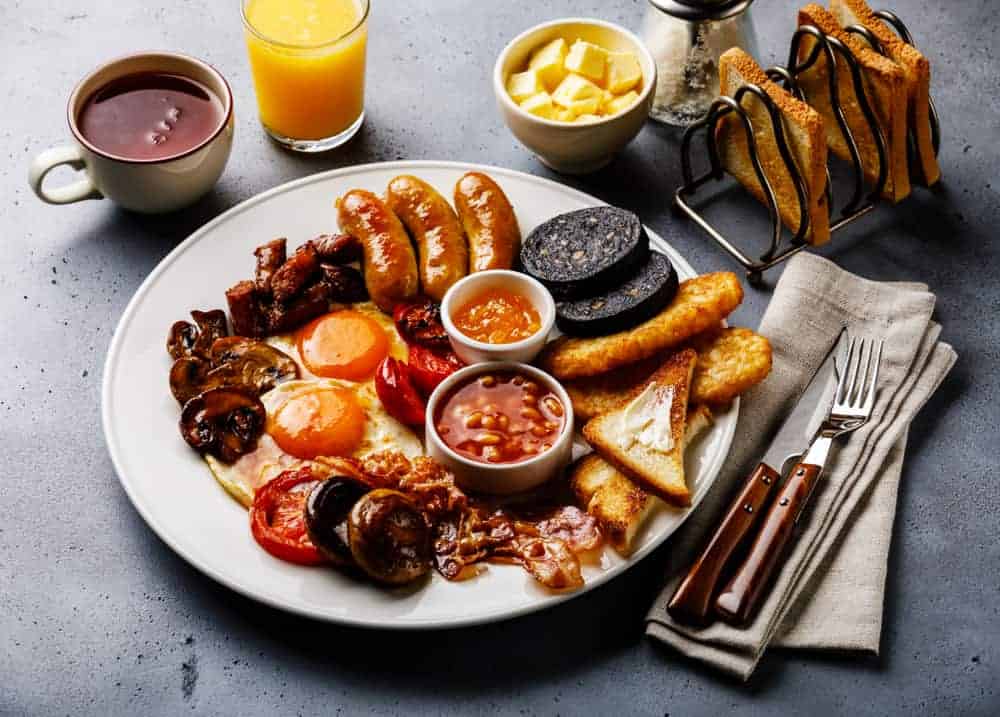As a small guesthouse or hotel owner, nothing can beat the feeling you get when your guests sing your praises – it’s the ultimate payoff for all of your hard work. Food is arguably the easiest way to bowl people over so here’s how to do just that.
When devising your menu, you need to take into account a variety of different factors, including personal taste and dietary requirements, whilst still keeping it manageable at the same time. A small but perfected menu is far more appealing and easier to manage than offering a million and one dishes in a menu that ends up the size of a novel. Of course, you always want to have all your guests’ favourite dishes and ingredients in stock.
Check out our top tips for creating the perfect menu to suit both you and your guests:
1. Know your audience
Before you go all over Heston Blumenthal, you need to take stock and think about where you stand in the market. If you’re running a cheap and cheerful guesthouse aimed at pensioners, offering a super-hot, red Thai curry and other exotic dishes is probably a risky idea. You need to select the right ingredients for your proposed dishes and make sure they are going to satisfy your target audience and still turn a profit.
2. Quality or quantity?
Whether you’re running a two or five-star establishment, you should always aim to source the best quality ingredients available to you both locally and within your budget. You might be able to serve up a mammoth plate of cheap frozen sausages, bread, bacon & eggs and still save some money but your guests will notice. A smaller plate of quality produce will go down better and lead to more compliments both in person and on the likes of TripAdvisor.
3. Can’t cook, won’t cook
Think long and hard about who will be doing most of the cooking when designing the perfect menu too. If you’re creating a Master Chef-worthy menu, make sure you have the culinary talent to match your delicious dishes.
If your cooking skills leave a lot to be desired then you might want to hire some help. Our guide to finding the right chef is packed with tips to help you with your recruitment drive.
4. Fast food or slow-cooked?
When deciding what kind of food you’ll serve up to hungry guests, it’s important to think about how your menu will contribute to the charm and character of your establishment. Are you providing a fine dining experience that encourages guests to relax and enjoy your restaurant for a few hours, or are you looking at a faster dining experience? If you are thinking about creating dishes that will take longer to prepare, cook, and plate, you’ll need to think about the amount of staff required. On the other hand, if you’re planning to serve less complex dishes, the turnaround for each plate of food will likely be quicker.
5. Beat the competition
Take a good look around to see what other similar businesses in your area are offering. If you have a direct rival competing for the same market, then offering a more tantalising menu could be the one thing that’s going to give you that all-important edge. However, there are more options to consider too. Offering set menu deals, Sunday roasts perhaps, or even a buffet day could really drum up business and set you apart from the competition.
6. Ingredient shopping
You can set yourself apart by offering bespoke dishes with diverse specialist ingredients; however, if a particular dish isn’t selling too well, then the ingredients may go off. A safer option is to locally source quality ingredients – your guests will taste the difference between your average supermarket sausage, and one sourced from a local farm. But it’s all about supply and demand – if your guests order a particular dish time and time again, then you’ll need to have the ingredients in to accommodate for that.
7. Dietary requirements
While it’s not always possible to stock items that cater to every single dietary requirement, you should offer guests the chance to contact you far enough in advance for you to stock up. You should always offer one or two vegetarian dishes as well, as it adds a pinch of diversity to your menu as well as catering for dietary needs. Non-vegetarian guests may want to mix it up by ordering one of these dishes too!
You should also consider the possibility of guests who are lactose-intolerant, gluten-free, and vegan. Even if you don’t have a permanent option on the menu, you should at least be able to adapt meals for guests who need them.
8. The taste test
Once you have compiled your perfect menu for your guests, then don’t be afraid to invite friends or family over to try the dishes. Not only do they get a free meal, but they will give you an honest opinion of what works and what doesn’t, allowing you to tweak things should you need to.
9. The price is right
When everything else has been taken into consideration and the final menu has been chosen it’s time to price things up. If you price things too low you may not make enough profit to justify your hard work and may risk devaluing your food. If the price is too high then you might not sell enough – there is a fine balance, which is key to the success of your business. Here are some things you might want to consider whilst pricing your menu:
- The cost of your ingredients
- Staffing cost
- Competition
- Your level of service
- The average income of your target audience
So there you have our top tips on devising a top-quality menu that is as mouth-watering as it is profitable. If you’d like some tips on devising some knockout signature dishes, then take a look at our guide on creating signature dishes.
We know how time-consuming cooking for guests can be, especially on top of everything else! But don’t worry, eviivo makes running a B&B or guesthouse simpler with our award-winning booking software.
eviivo suite is specifically designed to help B&B, guesthouse, and hotel owners save you time and money running your business – so you have more time for the important stuff like designing a menu!


